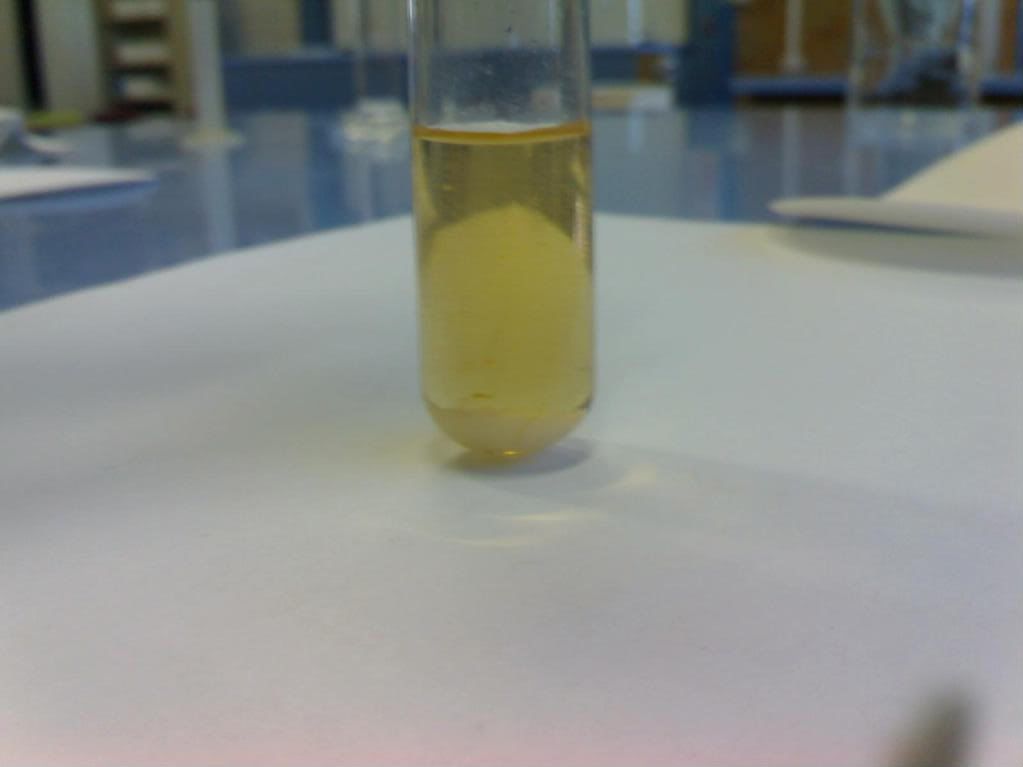kjf
Likes Bikes and Dirt
Okay, now I know I've made my fair share of these threads in my time, but I'm kinda stumped on this.
Right, did a chem prac today, writeup is due tomorrow.
I'm almost done.
Take this:
Fe3+(aq) + SCN-(aq) ⇌ FeSCN2+(aq) [damnit, why doesn't this thing allow subscript?]
Yep, equilibrium.
The equilibrium shifted to the left (in favour of the reactants) when KCl(s) was added.
Why?
Here's my idea, but I dont know if it's right.
The K+ and Cl- ions mix with the Fe3+ and SCN- ions. Therefore, lacking the 'reactants' and according to leChatelier's, the reaction will go <--.
Yet it's all in solution (there was some solid in the bottom of the test tube, something may have formed a precipetate? [bloody hope that's the case]).
If it didnt form a PPT and there was just leftover KCl on the bottom, i'm..well..i'm out of ideas.
Any help is greatly appreciated.
Thanks
edit: just checked a solubility table, chlorides form insoluble compounds with Ag and Pb...and i dont know who to check for SCN- (coz i dont bloody well know what it is)
Right, did a chem prac today, writeup is due tomorrow.
I'm almost done.
Take this:
Fe3+(aq) + SCN-(aq) ⇌ FeSCN2+(aq) [damnit, why doesn't this thing allow subscript?]
Yep, equilibrium.
The equilibrium shifted to the left (in favour of the reactants) when KCl(s) was added.
Why?
Here's my idea, but I dont know if it's right.
The K+ and Cl- ions mix with the Fe3+ and SCN- ions. Therefore, lacking the 'reactants' and according to leChatelier's, the reaction will go <--.
Yet it's all in solution (there was some solid in the bottom of the test tube, something may have formed a precipetate? [bloody hope that's the case]).
If it didnt form a PPT and there was just leftover KCl on the bottom, i'm..well..i'm out of ideas.
Any help is greatly appreciated.
Thanks
edit: just checked a solubility table, chlorides form insoluble compounds with Ag and Pb...and i dont know who to check for SCN- (coz i dont bloody well know what it is)
Last edited:

